One entirely free resource most of us have access to is the beautiful night sky above. If you're spending time at home, why not get to know the cosmos a little better?
Here are our top suggestions for fun and informative activities for both children and adults, for clear nights, cloudy evenings and rainy days.
For more general advice, read our guides on how to stargaze and astronomy for beginners.
1
Get to know the apparent motion of the night sky
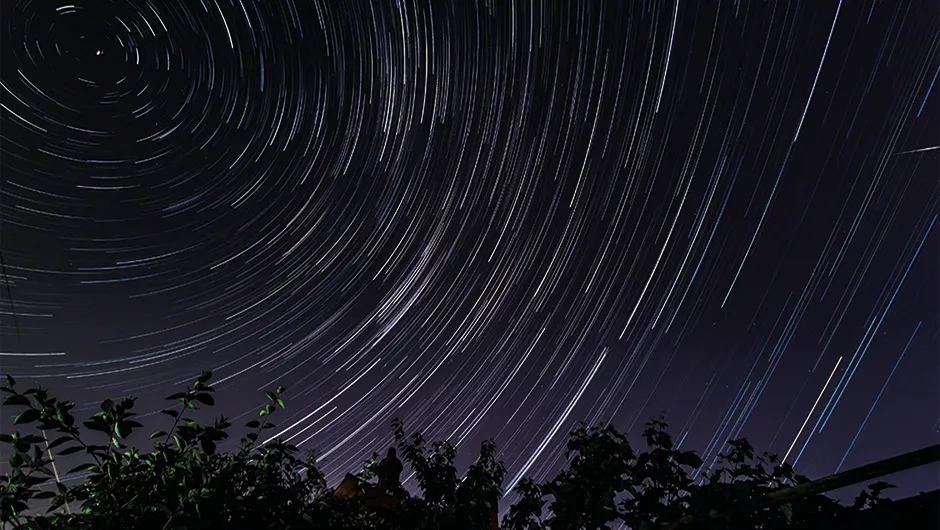
You may already have noticed that the stars appear to move across the night sky, from hour to hour and day to day. The reason is that Earth is continuously rotating as it orbits the Sun, causing the positions of the stars to move from our perspective.
Step outside and note the position of a pattern of stars against a foreground object like a chimney pot or washing line. Now step outside an hour later, stand at the same position and you'll notice the stars will have moved relative to the foreground object.
You can track the changing of the stars' positions at the same time night after night, as they rise in the east 4 minutes earlier each day. Over the course of a month it’s a two-hour difference. So stars rising at 10pm in October can be seen at 8pm by November.
As a result of this movement, each season has its own constellations, which is why it takes a year to learn the sky and not just one night.
If you have a digital camera, you can capture this stellar motion in a photograph showing star trails.
This brings us nicely on to our next activity...
2
Teach yourself the constellations
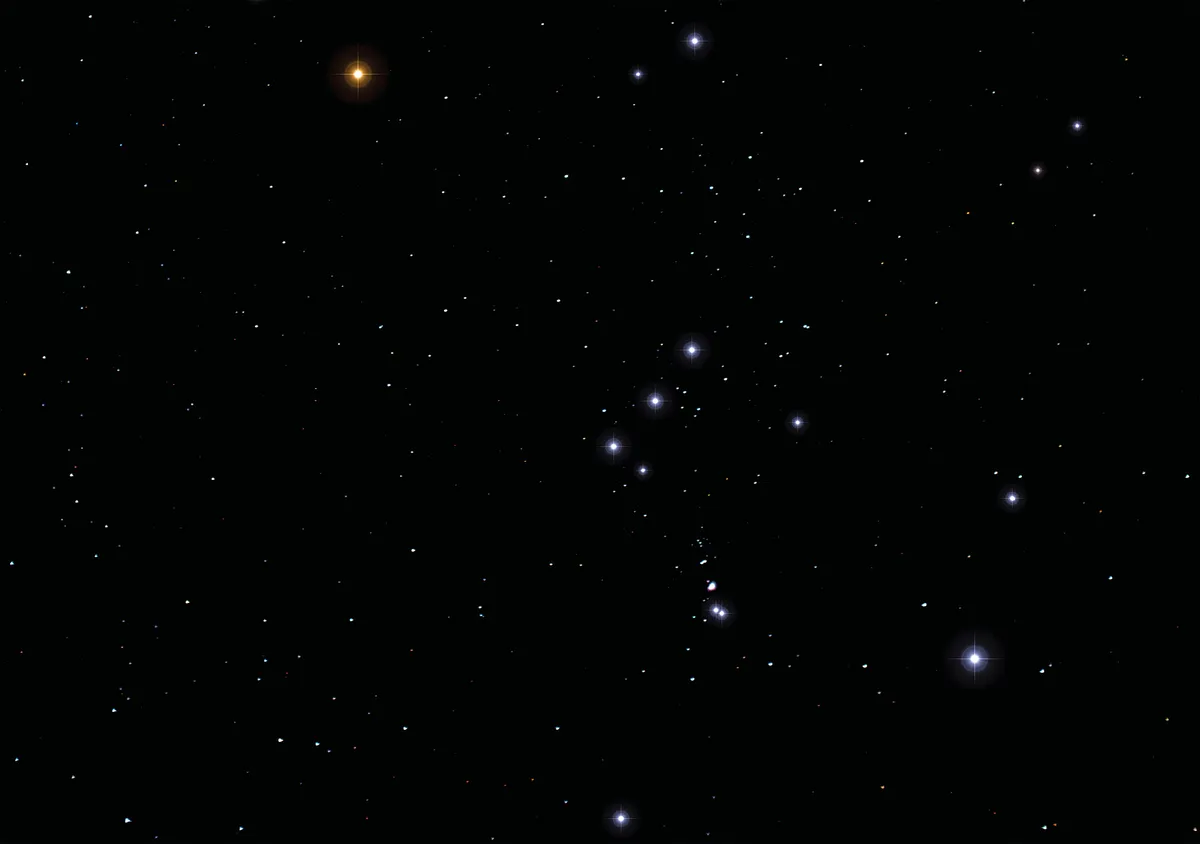
The northerly axis of planet Earth points roughly to Polaris, the North Star. This star appears stationary in the night sky, while all other stars appear to rotate around it (see point 1, above).
Look north to find Polaris between the Plough and Cassiopeia, though in autumn and spring they can get lost on the horizon. For help locating these use our star-hopping guide, which you can find below.
If you stargaze at the same time of night across a whole year, you’ll notice stars and constellations are visible for six months, during which time they shift slowly from east to west.
A good way of learning the constellations is to download one of many stargazing apps for smartphones and tablets, or if you have a good reference book, now might be the time to dust it off and put it to good use! The Stargazing Live team have also produced a great beginner's guide to the constellations.
Learning the constellations is can also be done in tandem with our next activity, learning to star hop.
3
Learn how to star hop
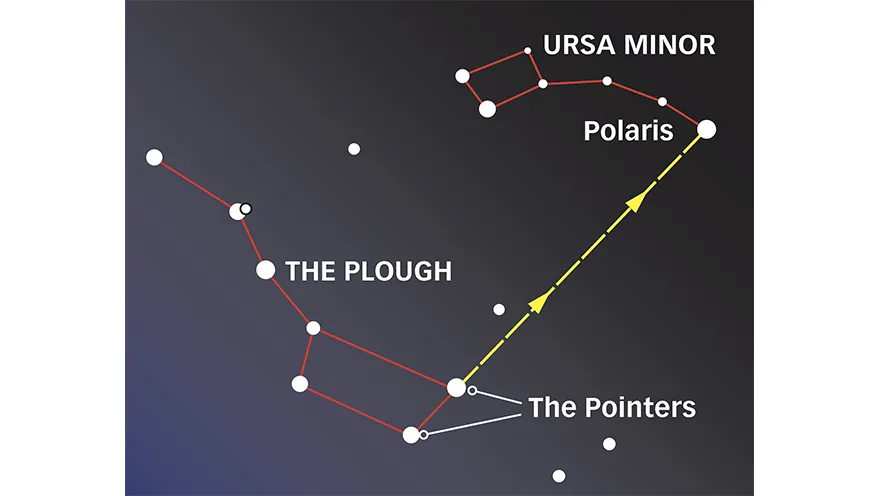
Star-hopping is a simple yet rewarding way of locating your way across the night sky, used by astronomers for millennia.
While many modern telescopes are fitted to mounts with in-built, smartphone-controlled WiFi that allows astronomers to instantly position a planet, star or galaxy in their field of view, star-hopping is the traditional method of finding more obscure or distant objects, and will help you learn the night sky as a whole. Plus, you don't have to worry about running out of power.
The idea is to find bright, familiar stars and constellations in the night sky that will help you find other, perhaps less bright, less familiar objects.
The feeling of successfully completing your first star hop is immensely satisfying, as it will show you just how easy astronomy can be and, most importantly, set you on your journey to becoming a stargazing expert.
Get started in star hopping with our beginner's guide.
4
Grab a pair of binoculars and observe the surface of the Moon
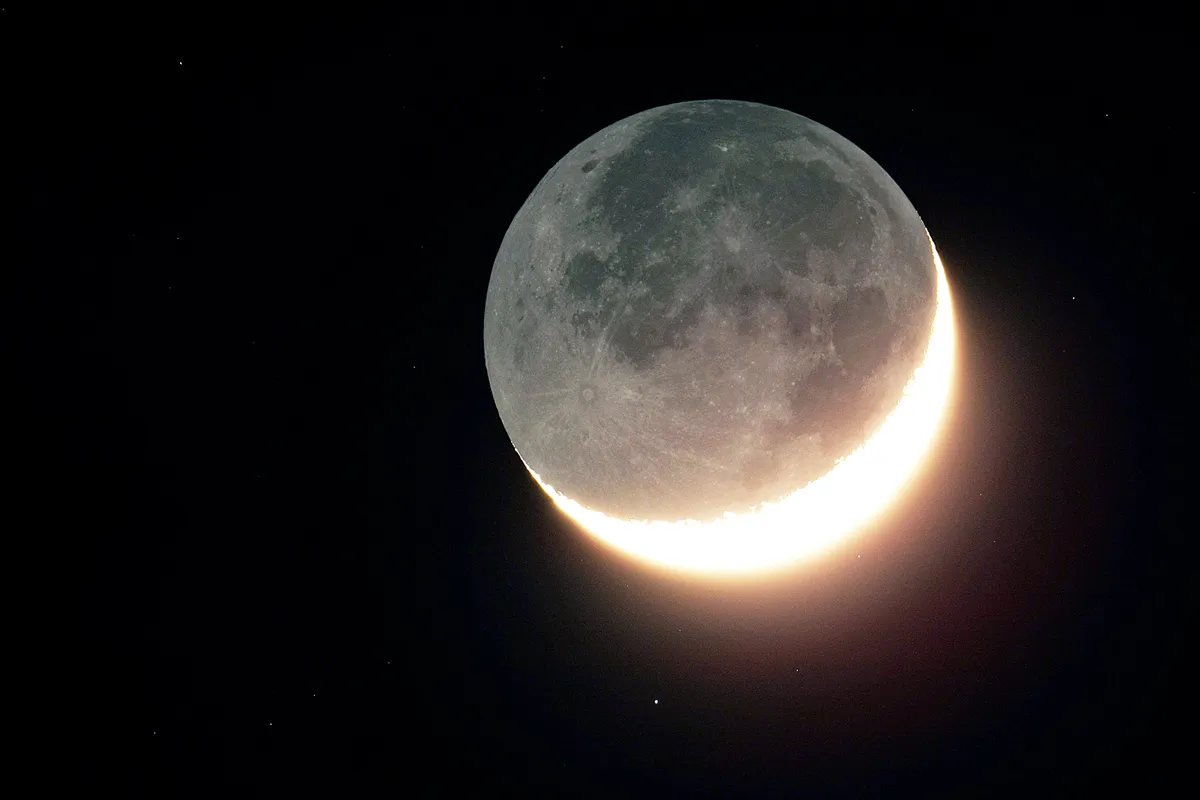
On a clear night, our planet's satellite is the most obvious, most prominent celestial object in the night sky.
Even a modest pair of binoculars will reveal incredible surface features like craters and lunar seas, so if you happen to have a pair lying around the house, now's the time to put them to some use! If you don't, you can still see a lot on the surface of the Moon even with the naked eye.
Observe the Moon night after night and make a note of the changing of the lunar phases, how it rises and sets in a different location at a different time as the month progresses.
While the beauty of a full Moon is something truly majestic, the benefit of a crescent or gibbous Moon is that the terminator - the line dividing the bright and unlit sides of the Moon - helps highlight lunar formations, making them easier to spot.
Get started with our guides to using binoculars and observing the Moon:
- A guide to stargazing with binoculars
- How to observe the Moon
- Why does the Moon's appearance change?
- How to see earthshine on the Moon
- How to find the Apollo 11 landing site on the Moon
5
And if you’re feeling artistic, sketch it!
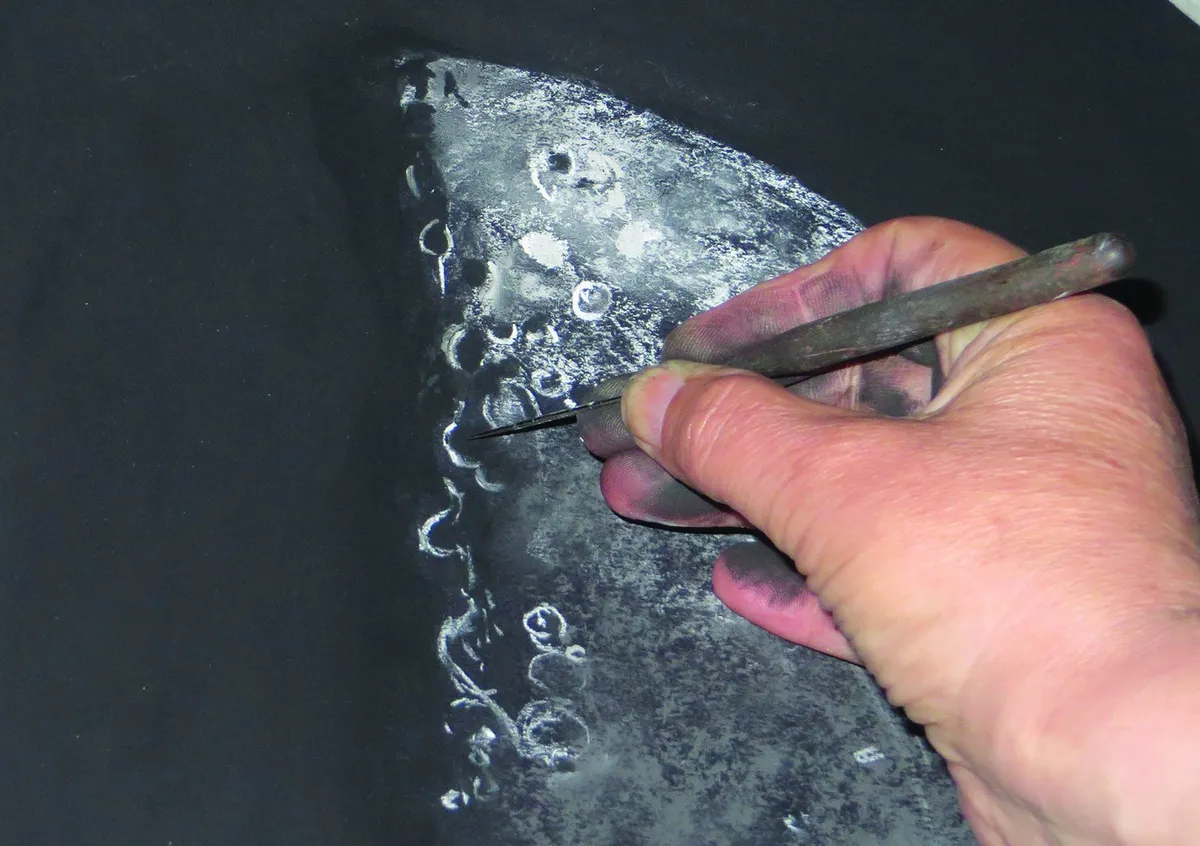
Once you've realised how easy it is to make good observations of the Moon, you might like to get out some art materials and have a go at sketching it.
This is a fun activity to do with family and friends, as you can compare your efforts afterwards and, provided it won't cause too much tension, take a vote on the best lunar portrait!
6
Spot the International Space Station in the night sky
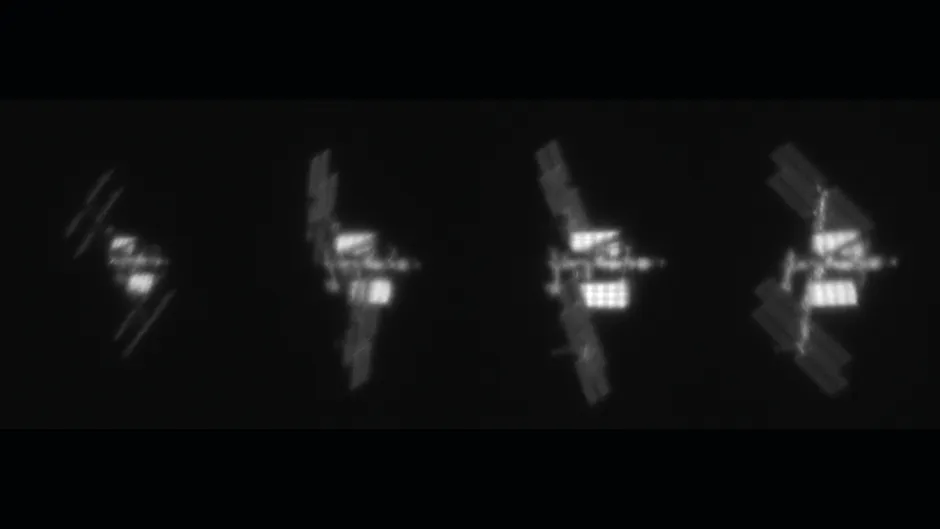
While many of us may be housebound, life is going on pretty much as normal for the astronauts and cosmonauts living and working on the International Space Station. The ISS orbits Earth about 16 times each day at 27,600km per hour, which is around 8km per second.
What's more, it's visible in the night sky.
If you look up on a clear night and happen to see a bright light rise roughly in the west, get extremely bright and disappear in the east, you may have just spotted the ISS or, rather, its huge solar panels reflecting sunlight.
You can see the ISS as it passes overhead just after dusk and just before dawn. If you do manage to spot it soon after dark, wait 92 minutes and you’ll probably see it again.
Read our guide on how to see the International Space Station. If you enjoy a spot of astrophotography, why not try photographing it?
7
Become a citizen scientist
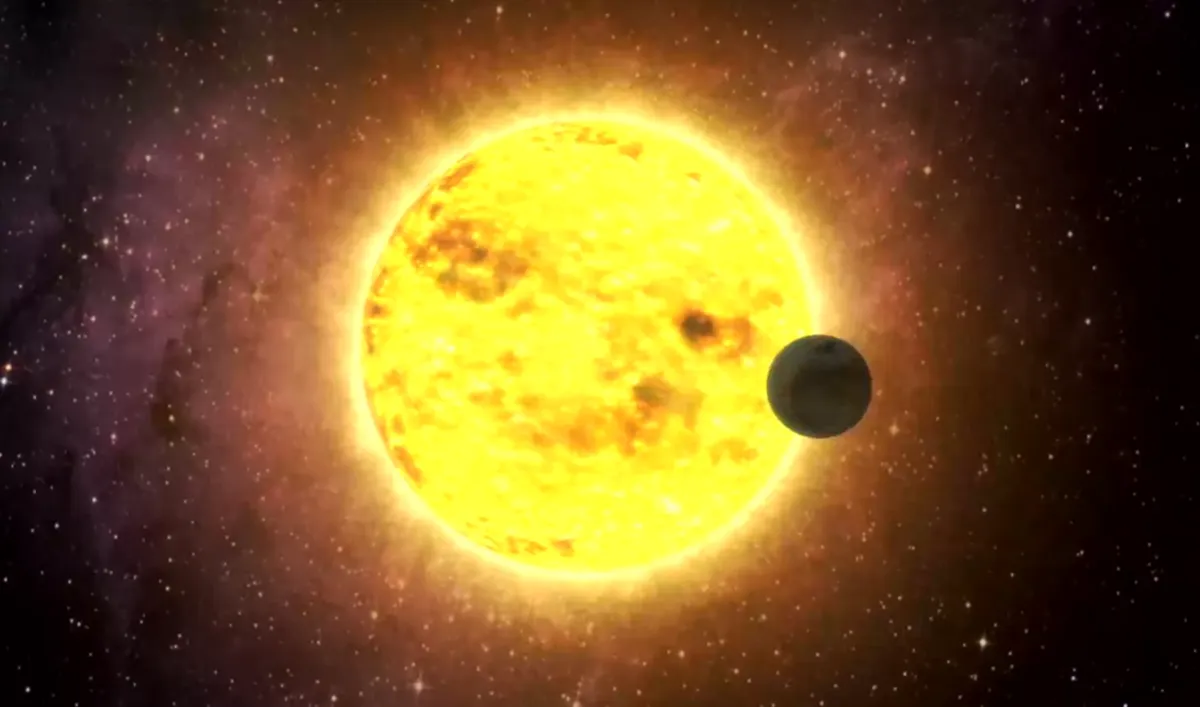
We live in an incredible era of space exploration. Observatories both on the ground and in space; robotic probes and landers exploring the planets and moons of our Solar System; missions to find and analyse planets orbiting distant stars - known as exoplanets.
The amount of data being gathered by Earth's astronomers and scientists is overwhelming.There's so much data being collected, in fact, that many space agencies and observatories need the public to help analyse it and contribute to space science.
If stepping outside and looking up at the night sky is not an option for you, you can always volunteer to help professional astronomers make new discoveries. Artificial intelligence is a wonderful thing, but sometimes what's really needed is a discerning human brain.
Read our interview about citizen science with The Sky at Night's Chris Lintott and become a citizen scientist yourself by visiting the links below:
- A guide to becoming a citizen scientist
- The Zooniverse project
- Galaxy Zoo
- NASA citizen science projects
- Get involved with the Planetary Society
- Spacehack
8
Do some remote astronomy
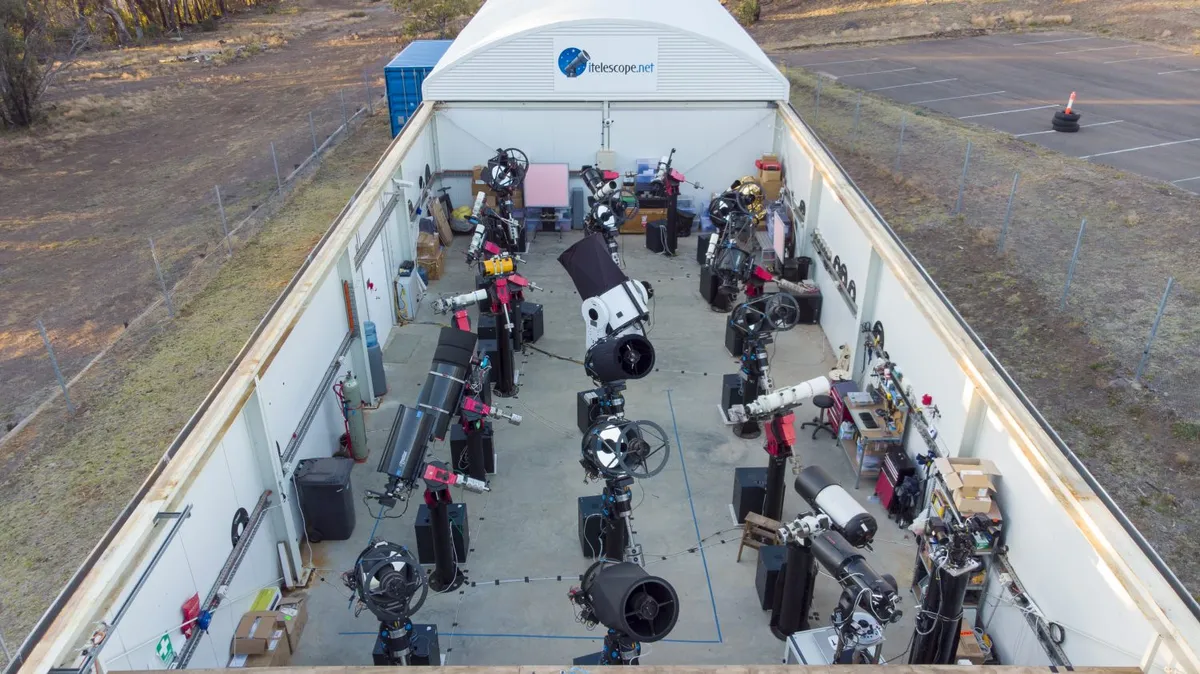
Not every astronomer is able to get outside to view the night sky through a telescope, and that's where remote astronomy comes in.
Remote observatories do the hard work of setting up incredible telescopes in the darkest, most astronomy-friendly locations in the world, away from the light pollution of towns and cities.
If you have a computer and an internet connection, you can sign up and take control of one of these amazing telescopes and get incredible views of deep-sky objects like nebulae and galaxies. Some remote observatories even enable you to photograph what you see, too.
Read our guide to getting started in remote astronomy
9
Photograph the night sky with your smartphone

Smartphones have undoubtedly changed our lives over the past decade or so. Unsurprisingly, they have also changed the way people do astronomy and astrophotography.
As smartphone cameras get better and better, they're increasingly becoming a great option for taking photographs of the night sky.
A guide to imaging the night sky with a smartphone.
10
Process real space mission data
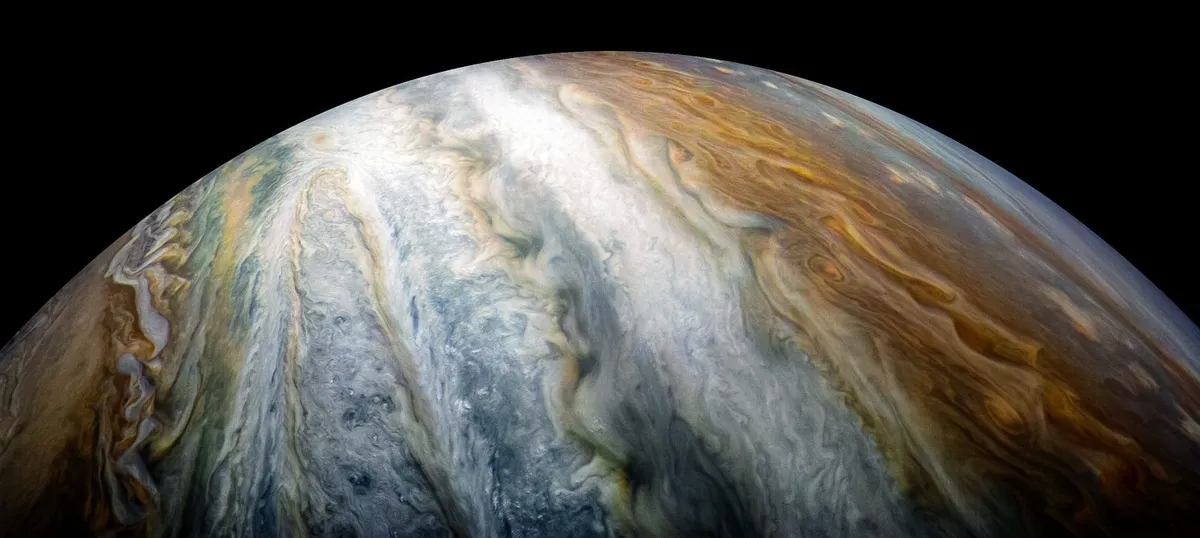
These days, astrophotography isn't just limited to those with a camera. Many space agencies have made available data from past and present space missions - such as Mars rovers, space telescopes and robotic spacecraft - for anyone to download and process for free.
Find out how the experts do it, then read our guide to processing space mission data yourself.
11
Fine-tune and clean your astronomy equipment

If you are already a practical astronomer, now might be a good time to clean and fine-tune your equipment.
- How to fine-tune and clean your astronomy equipment
- How to clean your DSLR camera sensor
- How to clean your binoculars
- How to clean your astronomy observatory
- How to clean a reflector telescope
- How to clean a refractor telescope
12
Make a pinhole camera and record the Sun’s path across the sky
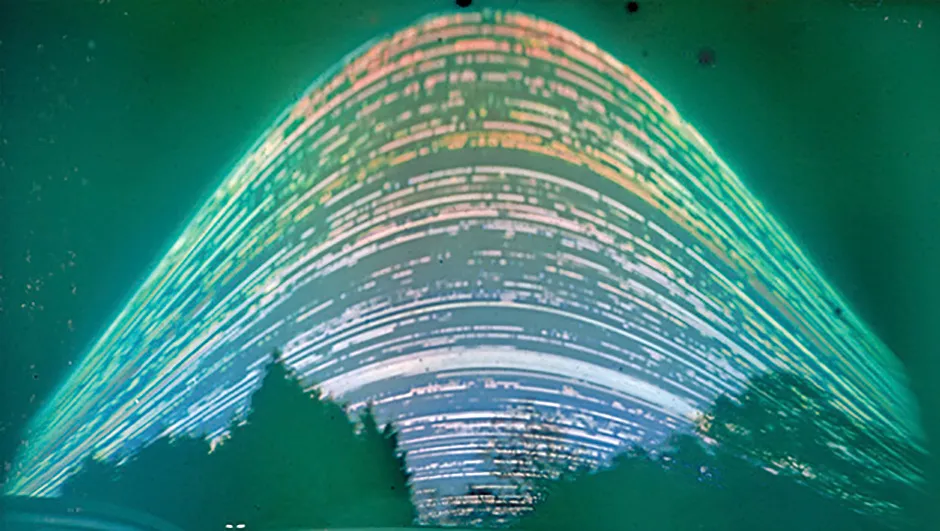
Evoke the spirit of Blue Peter and create your own pinhole camera.
Set it up in your garden or at a window with a good view of the Sun throughout the day, and you'll be able to record the path of the Sun across the sky.
Read our guide to making your own pinhole camera
13
Discover the Universe and the latest space missions online
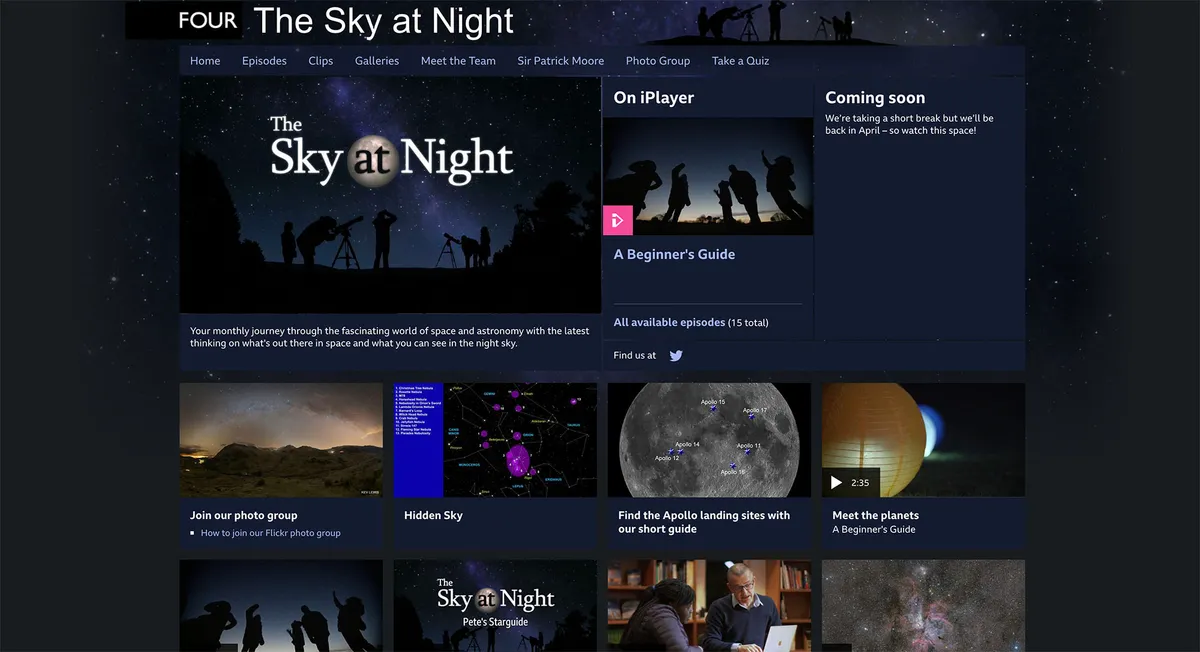
This may sound obvious, but there is a wealth of information about astronomy and space missions online, from space agencies and professional observatories to societies helping practical astronomers get the most out of the night sky.
Why not take the time to learn more about the cosmos and the scientists delving deeper to uncover the mysteries of the Universe?
Here are some of our favourite websites:
- The Sky at Night TV programme
- British Astronomical Association
- European Space Agency
- NASA
- European Southern Observatory
- Hubble Space Telescope
- The Planetary Society
- Royal Astronomical Society
- National Radio Astronomy Observatory
- Jodrell Bank
- Square Kilometre Array
- International Astronomical Union
- Solar Dynamics Observatory
14
Read space and astronomy books
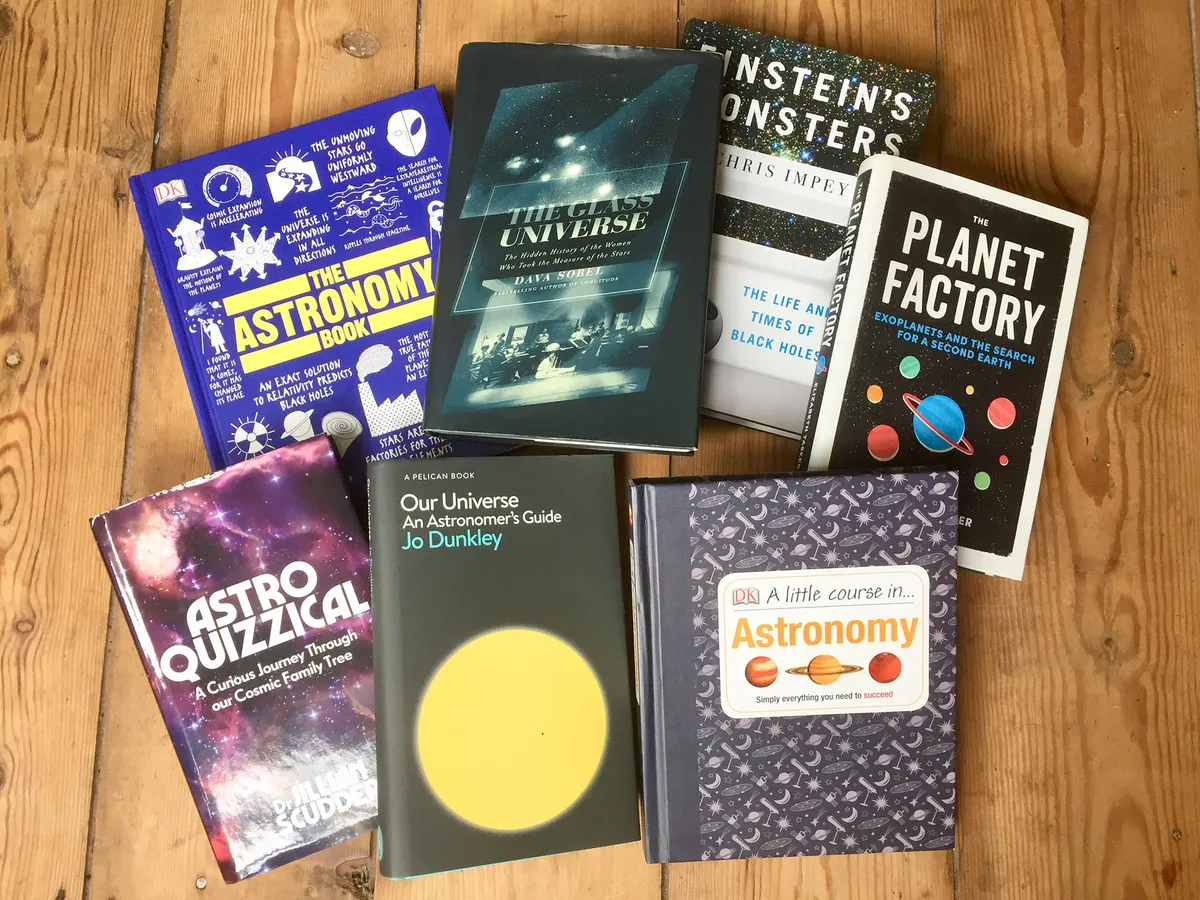
We're all guilty of it to some extent: eye-catching, chunky books on space science and astronomy that, once purchased, we somehow don't get round to fully immersing ourselves in.
Now could be a good time to catch up on some reading, escape the confines of your home and pontificate on more cosmic matters!
If you're in need of some inspiration, read our guide to the best space and astronomy books.
15
Have a sci-fi movie marathon
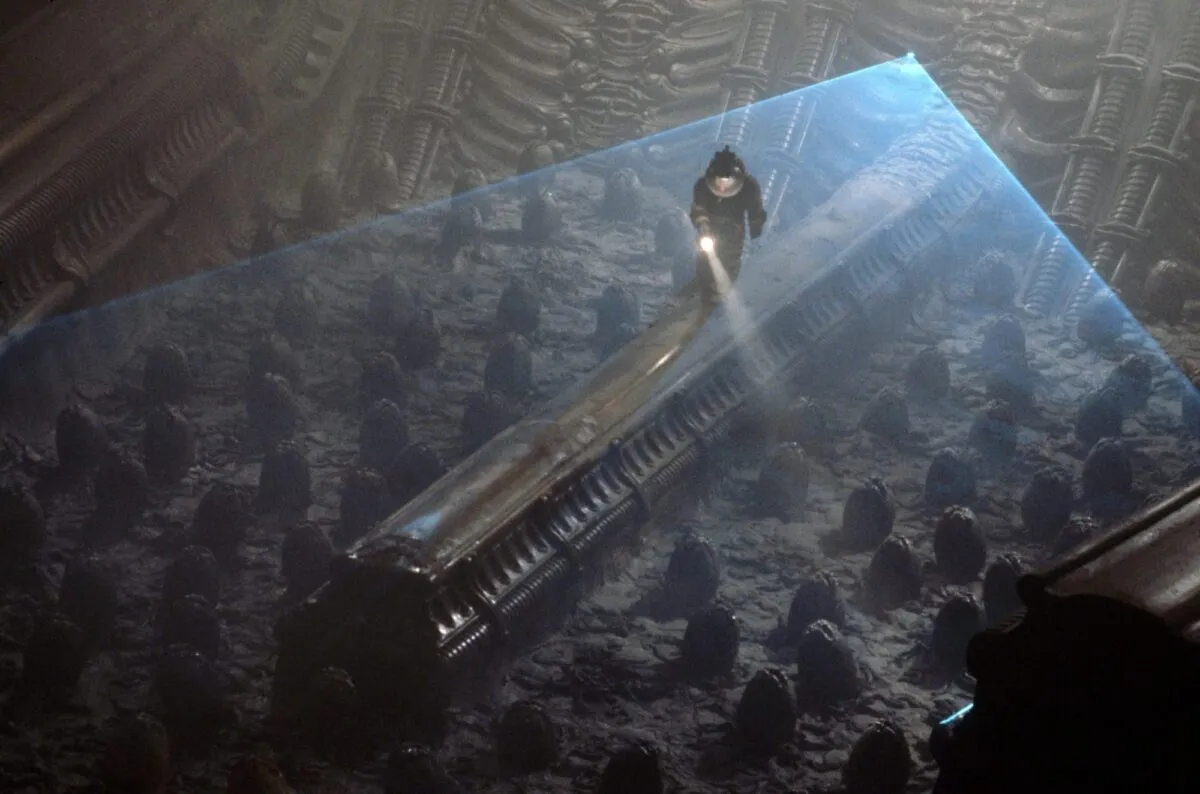
Science fiction cinema is food for the soul. And with online streaming services working to entertain those of us who are unable to leave the house, it's a great time to organise a sci-fi movie marathon for you and your family or friends.
If you don't have access to any of the major online streaming services, you can always check the BBC iPlayer Films to see what's available, or dip into your DVD and Blu-ray collection. Find out which of your favourite films your friends and family haven't seen, and enlighten them!
If you need inspiration, read our guide to the best space movies of all time.
